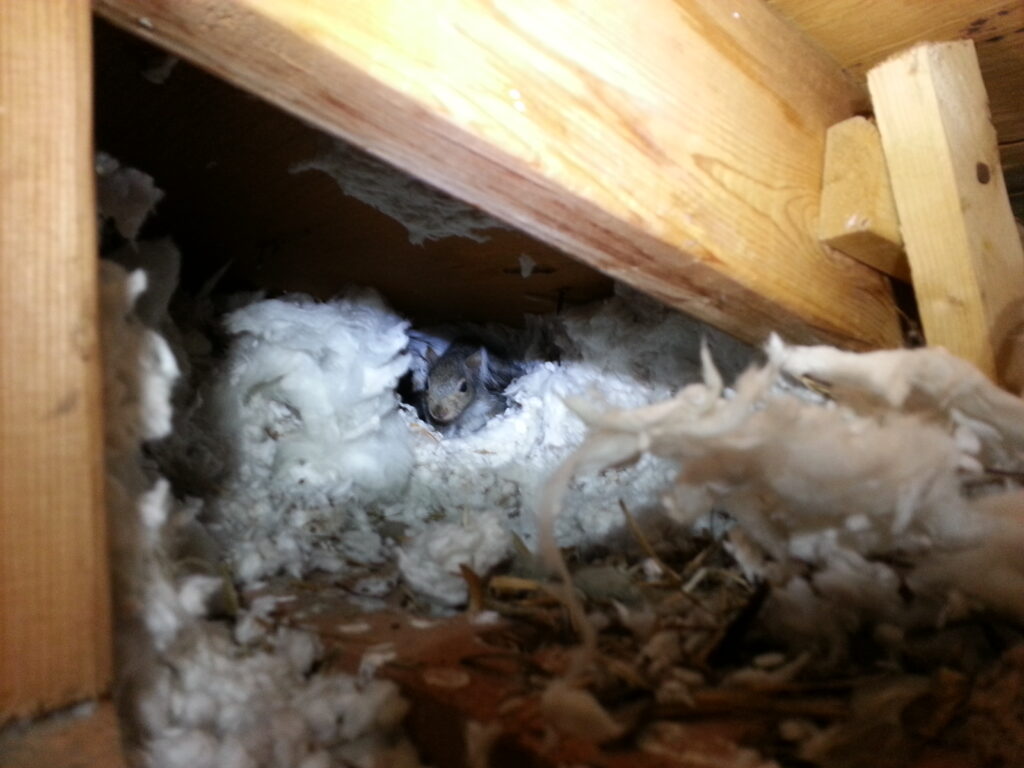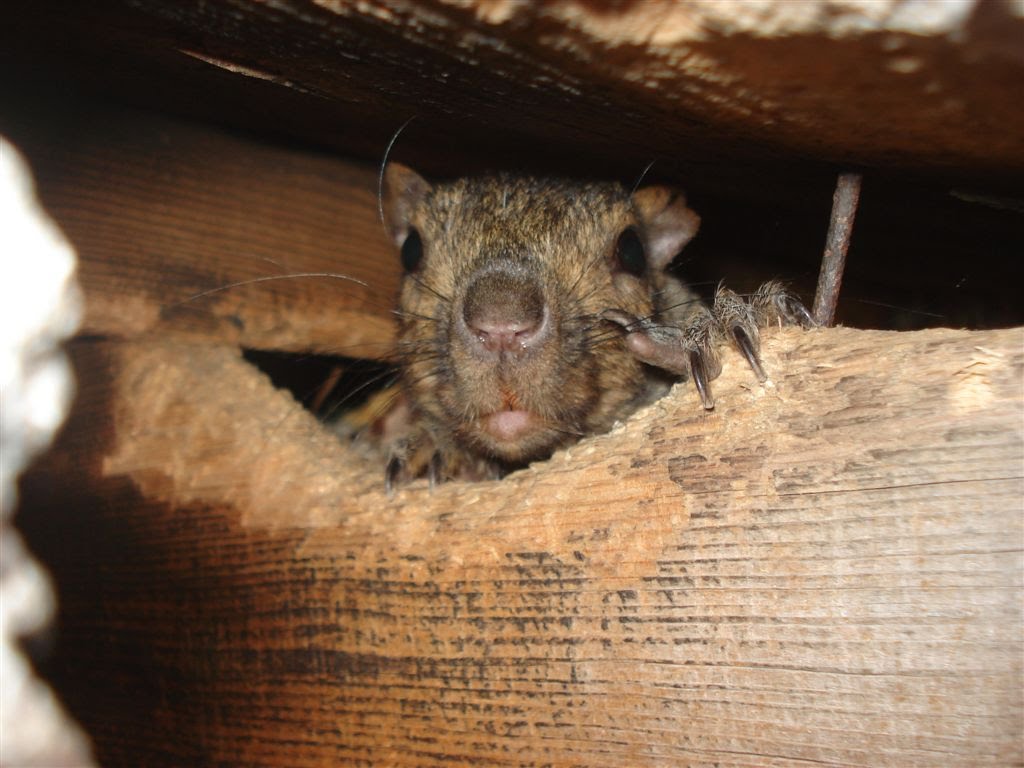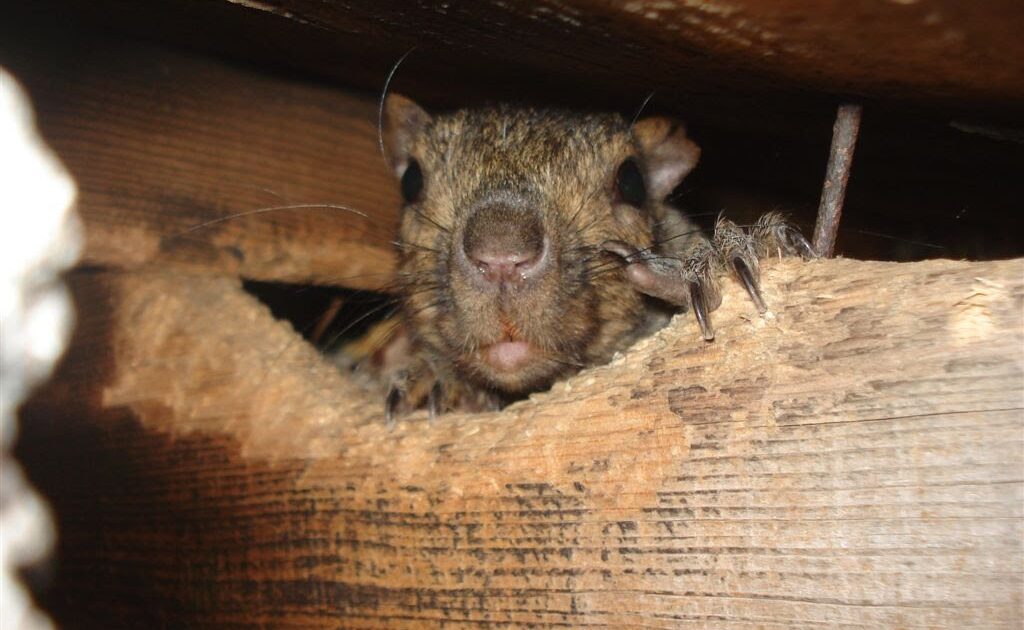If you’re a homeowner in Durham, you’ve likely had your share of run-ins with the furry rodents known as squirrels. While they may seem harmless, these pesky animals can cause significant damage, especially when they decide to set up camp in your attic. Squirrel removal in Durham has become a significant concern for many homeowners. Let’s dive in and understand more about the havoc these animals can wreak on your home.
The Secret Life of Squirrels: How They Get Into Your Home
You’d be amazed by the stealth skills squirrels possess when it comes to infiltrating your attic. They are masters of finding openings, and here’s how they typically do it:
- Finding existing holes or cracks: Rodents don’t need a wide opening to sneak into your attic. Even a small hole or crack is enough for them to squeeze through. They will zero in on vulnerable areas such as vents, chimneys, and gaps around windows or doors.
- Chewing their way in: If they can’t find an easy entrance point, they’ll make one. They have strong, sharp teeth that they can use to gnaw through vulnerable areas of your house like wood, plastic, or aluminum.
- Taking advantage of weak points: Weak spots in your home, like rotting wood or loose shingles, can provide an easy access point. They can push their way through these areas to get into your attic.
- Climbing trees or power lines: Squirrels are excellent climbers. A tree branch or power line that leans close to your roof can provide an easy pathway for them to your home.
Once they’re in, these animals can cause all sorts of damage ranging from gnawed wires to leaving droppings. Identifying the access points and taking measures to block them is vital in maintaining a wildlife free attic.
The Telltale Signs Of An Infestation
If you’ve started noticing some unusual sounds coming from your attic, like scratching or scampering, you could possibly have an animal problem. Understanding the signs of an infestation is crucial in order to take swift action. Apart from the audible signs, like skittering or squeaking noises during the day, there are other indicators you need to be on the lookout for:
- Damage to the exterior: Squirrels have sharp teeth and claws, which they use to make entry points into your attic. Look for chewed woodwork, or torn and displaced roof vents.
- Foul smell: Over time, you’ll detect a musty odour from urine and feces. This strong smell might even permeate your living areas.
- Droppings: Finding droppings in your home is a surefire sign of an infestation. These droppings are dark, cylindrical, and about the size of large grains of rice.
- Nests: Squirrels build nests out of leaves, twigs, and other materials. If you spot these, especially around your home, it’s likely you’re dealing with unwanted guests.
Addressing such an infestation as soon as possible is critical. Ignoring this issue can lead to severe damage to your home, expensive repairs, and potential health risks to you and your family. And remember, when dealing with wildlife, always seek help from professionals, like Skedaddle Humane Wildlife Control for an effective solution.
The Damage To Your Attic
As adorable as they may seem frolicking and scampering in your backyard, squirrels can become a relentless nuisance when they find their way into your attic. Let’s take a closer look at the types of damage these small animals can cause when they take up residence in your home.
1. Chewing on Wires
With their innate urge to constantly gnaw, these animals may very well set their sights on the wiring in your attic. Not only can this result in costly repairs, but it also poses a significant fire hazard. It is crucial to address this issue promptly to ensure the safety and integrity of your home.
2. Tearing Up Insulation
With their remarkable ability to tear apart insulation, squirrels can leave your home vulnerable to heat loss. This, in turn, can lead to a significant increase in your energy expenses, especially during the colder months of the year. It is crucial to be aware of the potential impact these animals can have on the efficiency of your home’s insulation and take appropriate measures to protect against heat loss and unnecessary energy costs.
3. Building Nests
Your attic has the potential to transform into a prime nesting ground. Squirrels are known to utilize insulation materials to construct their nests, which can lead to significant damage and even attract other pests, resulting in potential infestations. It is crucial to take proactive measures to protect your attic from these issues and ensure the safety and integrity of your home.
4. Droppings and Urine
Having squirrels in the attic can result in various issues such as droppings and urine stains on the ceiling, walls, or floor. Apart from being unpleasant, these can also pose health risks and give rise to odour problems that can be quite bothersome. It’s important to address this situation promptly to ensure a clean and safe living environment.
5. Inviting Other Wildlife
With squirrel’s playful nature and constant foraging, they can unknowingly attract a variety of wildlife into your home. It’s not uncommon for predators to be lured into your attic by the enticing scent of them or even their food storage. This can lead to potential issues and the need for effective wildlife management strategies to ensure the safety and security of your living space.
6. Burrowing into Walls
Squirrels have the capability to create burrows and cavities within the walls of your home, which can potentially compromise its structural integrity. This, in turn, may result in the infiltration of unwanted moisture and the subsequent growth of mould. It is important to address this issue promptly to maintain the safety and condition of your property.
7. Disturbance and Noise
The incessant scampering, gnawing, and constant activity of squirrels can undoubtedly disrupt your peace and tranquillity. The persistent presence of these animals in your attic can quickly transform into a daily nuisance, causing unnecessary stress and frustration. It is important to address this issue promptly to restore the harmonious atmosphere of your home and alleviate the burden on your well-being.
8. Spreading Diseases
Last but not least, it’s important to know that squirrels can transmit dangerous diseases such as rabies, plague, and tularemia. Therefore, if you happen to have them in your home, it is crucial to understand that their presence poses a significant risk to the health and well-being of your entire family. Taking immediate action to address this issue and ensure a safe environment is of utmost importance.

Rodent-Proofing Your Attic: Tips and Tricks
The action of getting animals out of one’s attic and preventing their return might seem daunting, but it doesn’t have to be. Here are some helpful tips on how to get rid of squirrels and keep your home animal-free.
- Seal Entry Points: Keep a keen eye out for any small exterior openings. Squirrels are skilled at squeezing through tiny holes and cracks. Take the time to regularly inspect your attic and ensure these are sealed promptly.
- Prune Tree Branches: Overhanging tree branches provide easy access. By keeping these at least 6 feet away from your house, you limit the potential for unwanted visitors in your home.
- Install Guards on Power Lines: If animals are using power lines to access your roof, consider installing guards. These devices prevent the animals from walking along the lines and jumping onto your roof.
- Install a Baffle: This is a large, slick surface that’s difficult for animals to climb. Install these on the trunks of trees to prevent them from climbing up to your roof.
- Remove Food Sources: A food source may draw animals to your home. Ensure you regularly store pet food in sealed containers and clear fallen fruits or nuts from your yard.
While these tips may help to rid animals, persistence is key. No single method can guarantee 100% success. Don’t hesitate to reach out to a humane wildlife control company like Skedaddle if the problem persists.
Protect Your Home With Skedaddle Humane Wildlife Control
Having an infestation in your attic is not only a nuisance but also a potential threat to your property and health. And though they may seem harmless, the damage they can cause is significant and can lead to expensive repair costs. It’s crucial for homeowners in Durham to take the issue seriously and act swiftly.
While there are home remedies you can try, they are not always effective and could potentially harm them. This is where Skedaddle steps in. With Skedaddle’s professional services, you can ensure that the squirrels are humanely removed from your attic, without causing further damage to your property. We use scientifically proven methods that are harmless to the animals, ensuring the animals can return safely to their natural habitat.
So why risk damaging your home and harming wildlife? Reach out to Skedaddle Humane Wildlife Control today. Let’s work together to keep both your home and Durham’s wildlife safe and protected.




